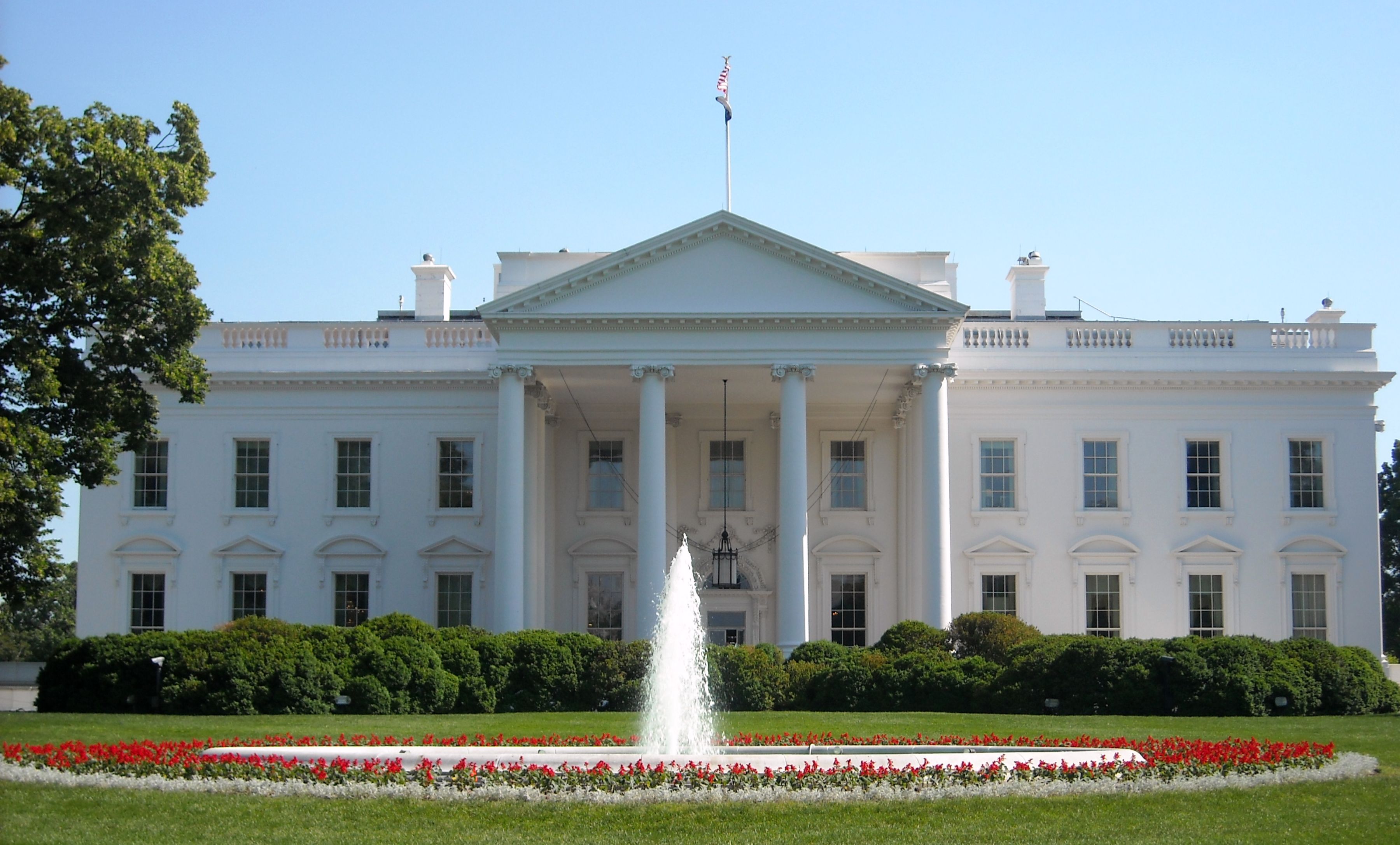From sports journalism to local government, photography plays a crucial role in modern media. But in some circumstances, photo-journalism plays an especially significant role. One such circumstance is war.
Coverage of war is a critical function of journalism. Beginning in the American Civil War, photographers from around the nation documented the tremendous toll of war on everyday citizens. While the nature of armed conflicts and media have both changed radically in the ensuing 150 years, the role of photography in war has remained the same. Photo-journalists show the general public the horrific cost of war to men and women around the world.
Photographer Kenneth Jarecke set out to continue this vital function of the press when he left the United States to cover Operation Desert Storm in Iraq and Kuwait. But one of Jarecke’s photographs from the war will forever be remembered as the picture that went too far.
Journalists must always strike a balance between informing the public of the truth and guarding the public from harmful or insensitive imagery that will cause undue harm. War journalists, and in particular war photographers, have to strike a careful balance between exposing the public to unnecessarily graphic content and exposing the ugly, horrific truth of war.
During one of the closing days of Operation Desert Storm, Jarecke accompanied a group of U.S. soldiers on a patrol heading towards Kuwait City. As they drove through the desert, Jarecke’s convey came across one of the most brutal sites of the war. During the previous night and day, coalition airstrikes targeted a highway where Iraqi troops were retreating. The airstrike inflicted brutal loss of life, striking, “sitting duck,” targets.
In an unusual turn of events, Jarecke’s military supervisors (Public Affairs Officers with the U.S. Army), allowed Jarecke to leave the convey and take photographs of some of the trucks that were targeted by the coalition airstrikes.
In this brief moment, Jarecke captured some of the most horrific and honest images of war ever photographed.
Jarecke photographed men who had been savagely torn apart by bombs and missiles; men who had been dismembered and utterly destroyed; men who would never go home to see their friends and family.
One image stood out in particular. Jarecke photographed the corpse of an Iraqi soldier who died while trying to escape a burning truck. The man’s flesh is scorched and his face expresses anguish. It is a horrific image.
Given the graphic nature of this content, our group has elected to not display an image of the blog post. However, for those who wish to see the image, you can see the photo in this article by The Atlantic, which investigates the details of this case.
Jarecke’s image may be disturbing, but it also provides a truthful accounting of the consequences of war. War is often sanitized through insufficient coverage, but Jarecke’s coverage showed the impact and consequences of war to the fullest.
But in a controversial decision, not a single American newspaper published the photo. American newspaper editors asserted that the photo was simply too graphic to display to the general public. But American newspaper editors decision to withhold the photo may have further contributed to the, “sanitizing,” of the conflict in its final days.
In so many instances in which journalistic ethics are called into question, there is no clear right or wrong answer. But in this instance, like so many others, there are at least viable alternatives that should be considered.
In this case, American media can learn from the decisions of British newspaper editors who made a different decision. While American media outlets withheld the photo entirely, numerous media organizations in the United Kingdom published the photo on the inside pages of their print publication. While this decision still does not necessarily provide readers with advance warning before coming across the image, it at least reduces the extent of undue harm to the typical reader who may only skim the front page.
Jarecke’s photograph is truly life changing. But it is also gruesome to a degree that is simply inexplicable. The public deserves to see the truth of war, but also deserves fair warning before it is exposed to graphic imagery that may not be suitable for all readers or viewers.

